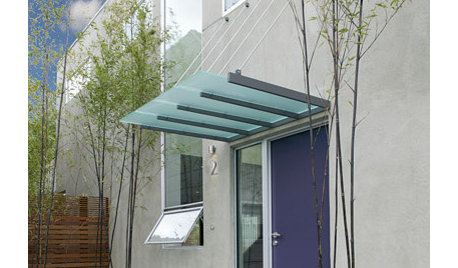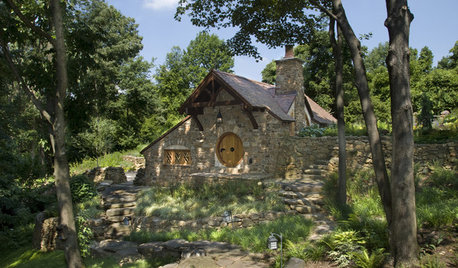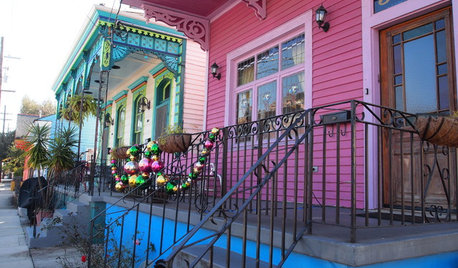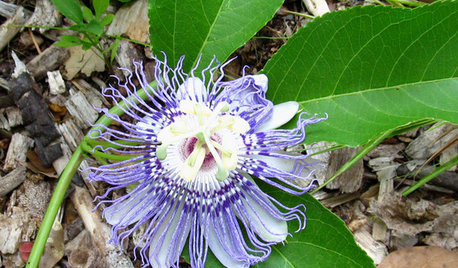R. Purple Gem
covella
18 years ago
Related Stories

COLOROn Trend: Discover International Furniture Gems in Jewel Tones
Show off a bright chair, sofa or cabinet — pieces like these mean a shot of color for your room and an uptick in energy for you
Full Story
COLORFront and Center Color: When to Paint Your Door Purple
From grapelicious to lavender, a front door cloaked in the color of royalty might just reign supreme in the neighborhood
Full Story
PRODUCT PICKSGuest Picks: What’s Purple All Over?
With kitchen appliances, pillows, chairs and more in shades of lavender to plum, your home can be as purple as you please
Full Story
MAN SPACESHouzz Tour: 'Hobbit House' in Pennsylvania Countryside
This tiny Pennsylvania cottage and private museum takes its inspiration from J.R.R. Tolkien's fantasy world
Full Story
GARDENING GUIDESLet Lilac Love Flower This Spring
Whatever you bestow or receive for Mother's Day, lilacs can be an unmatched gift in the garden in May
Full Story
BLUEHead Into Bold Southwest Color Country
Break free from the land of blah with vivid paints and tiles that bring the look of Southwest mountains, gems and sky to your home
Full Story
BATHROOM DESIGNLoving Color: A Rainbow of Tile
Turn your kitchen or bath into a glittering gem with a wall of colorful tile
Full Story
BLUEMy Blue Heaven: New Reasons to Love the Color of Sea and Sky
Derived from gems, worn by royalty and loved the world over, blue has a past as deep as the midnight sky
Full Story
HOLIDAYSGet in the Mardi Gras Spirit With This New Orleans Neighborhood Tour
Wreaths, beads, masks and swaths of green, purple and gold add a festive Carnival splash to The Big Easy
Full Story
GARDENING GUIDESGreat Design Plant: Passiflora Incarnata
Enjoy the amazing flowers and edible fruit of U.S. native Passiflora incarnata (also known as maypop) — the butterflies sure do
Full Story

katrina1
covellaOriginal Author
Related Professionals
Garden City Landscape Architects & Landscape Designers · Waterbury Landscape Contractors · Ashburn Landscape Contractors · Cambridge Landscape Contractors · Canton Landscape Contractors · Lancaster Landscape Contractors · Mesa Landscape Contractors · North Canton Landscape Contractors · Selden Landscape Contractors · Soddy Daisy Landscape Contractors · South Hackensack Landscape Contractors · Twin Falls Landscape Contractors · Vallejo Landscape Contractors · West Chicago Landscape Contractors · East Norriton Landscape Contractorskatrina1
covellaOriginal Author
rhodyman
rhodyman
covellaOriginal Author
katrina1
covellaOriginal Author